Bestiality in Hinduism
Hinduism is the only religion that teaches the permissibility of besitiality. Sometimes the animals are dead (as in the Ashvamedha ritual which entails sex with a dead horse). However, other times living animals are raped. Consider the famous Hindu text Kama Sutra. The text (Kama Sutra 5.6.5) gives the following advice: “When a man does not find any woman to his taste, how does he satisfy himself? With men, or with the vaginas of other species, mares, she-goats, bitches, sheep, any animal of female gender, as he would, Otherwise, he manages by simply “seizing the lion” (simhakranta). meaning masturbation. In this connection, it is said: In an upright position, seizing the lion means grasping one’s sex with one’s hand and thus scattering one’s orgasm. Since spilling one’s seed anywhere is a serious offense, a purification rite should then be performed.”
Hindu texts like Kamasutra encourage the rape of animals and scenes of animal gangrapes are depicted on the sides of Hindu temples.
For example, the Khajuraho temple has a famous sculpture of two men raping a horse together.
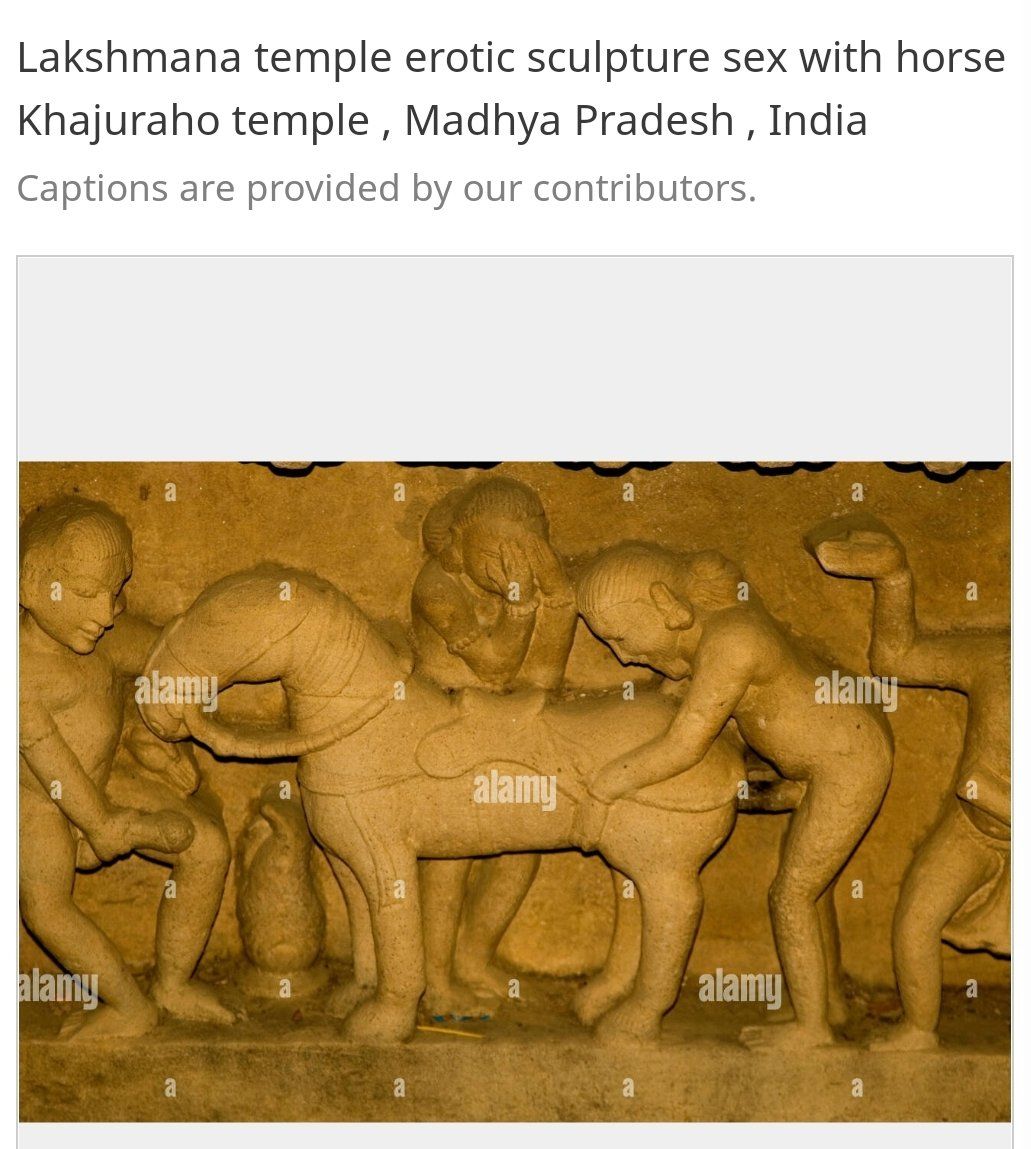
Aswamedha in hinduism simply means “horse sacrifice”. Only a muslim can see sex in yagya. (SS 1)

Hinduism prohibits intercourse with animals & considers it a sin.
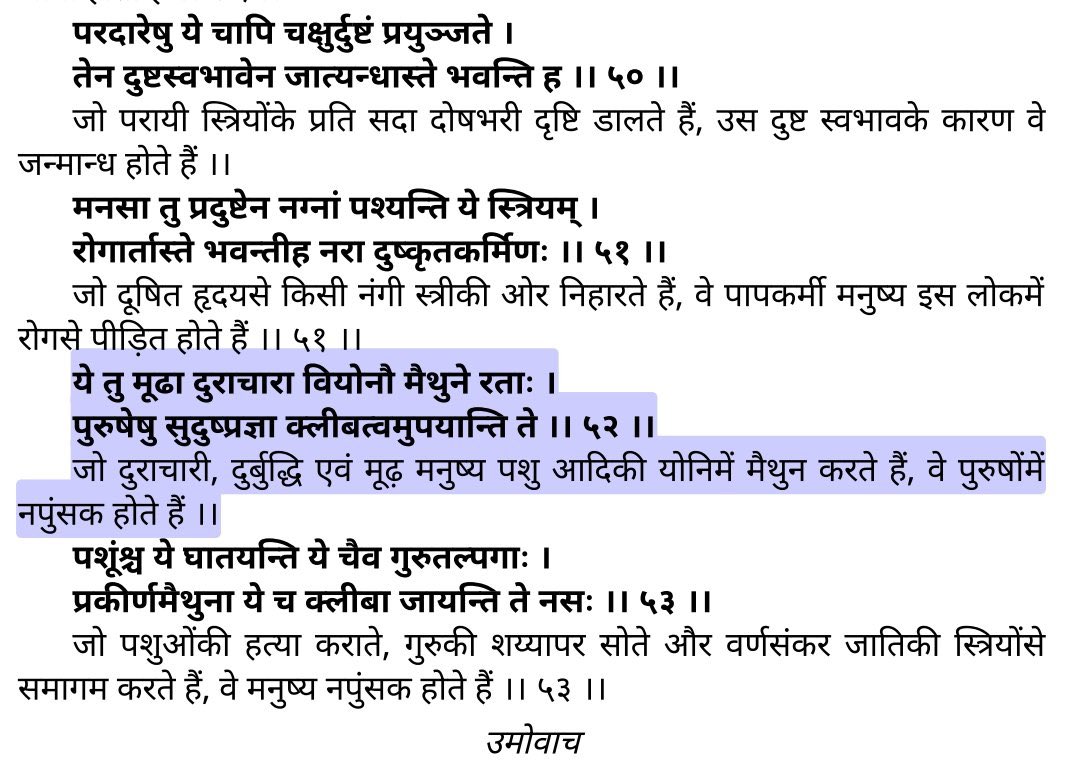
Sex with animal is considered Halal in Mohamedan religion.
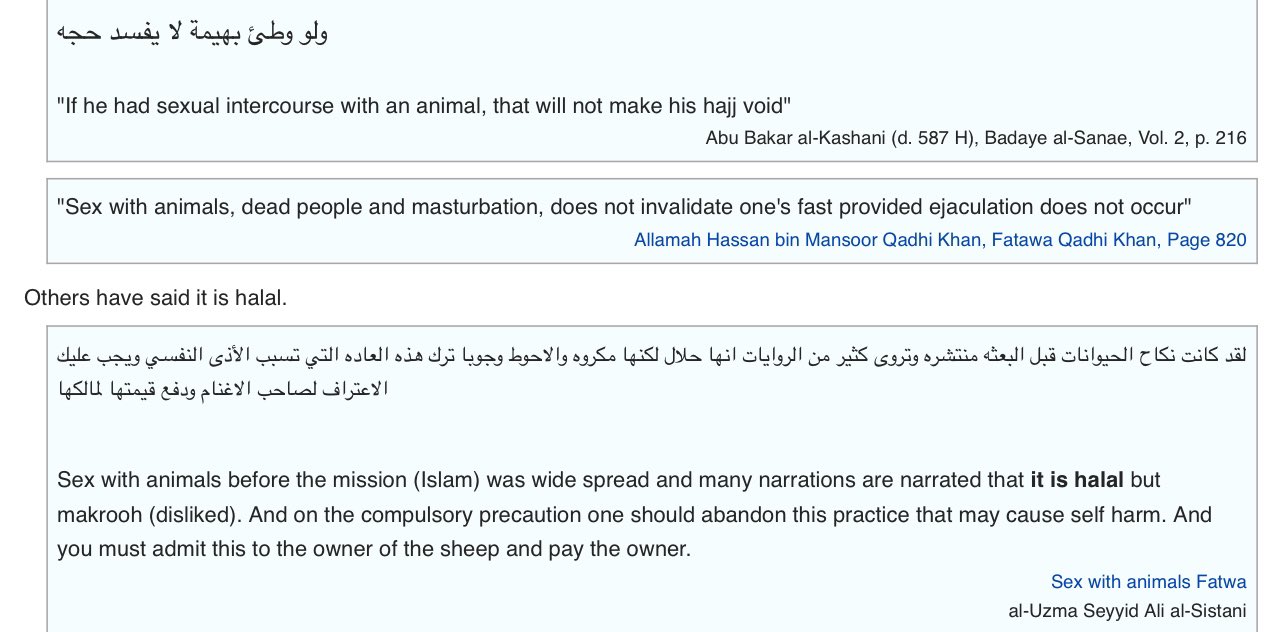
Pakistan, a Muslim country ranks number 1 in animal beastilaity web searches like “animal sex”, “donkey sex”, “dog sex” & even “horse sex”!
Sculptures of Khajuraho are just erotic art. And if we are talking about erotic Art, there is many such Islamic art available as well. For example, a Mohamedan copulating with a deer.
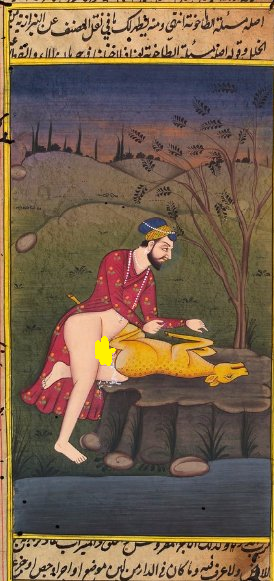
Further, Muslim Mughal kings loved bestiality. Aurangeb’s son Prince Kambaksh loved raping goats and deer. A famous contemporary Muslim poet named Jafar Zatalli revealed that Kambaksh once raped a goat with such ferocity that its internal organs were damaged.
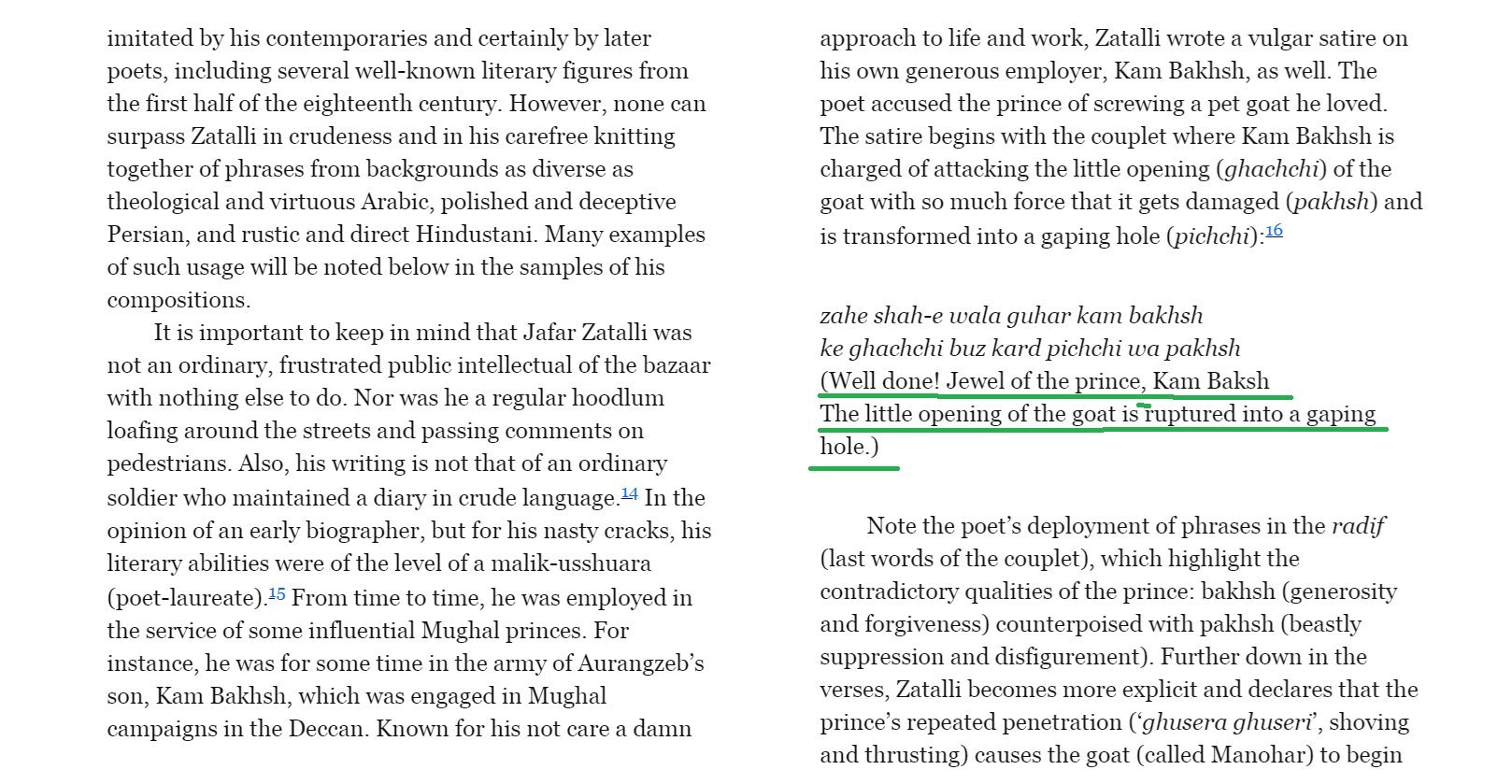
There are numerous paintings of Mughals indulging in such activities.
As far as Hinduism is concerned, bestiality is condemned in several Hindu scriptures such as Manu Smriti, Mahabharata and Devi Bhagavata. The verse quoted from Kamasutra is descriptive and not prescriptive.